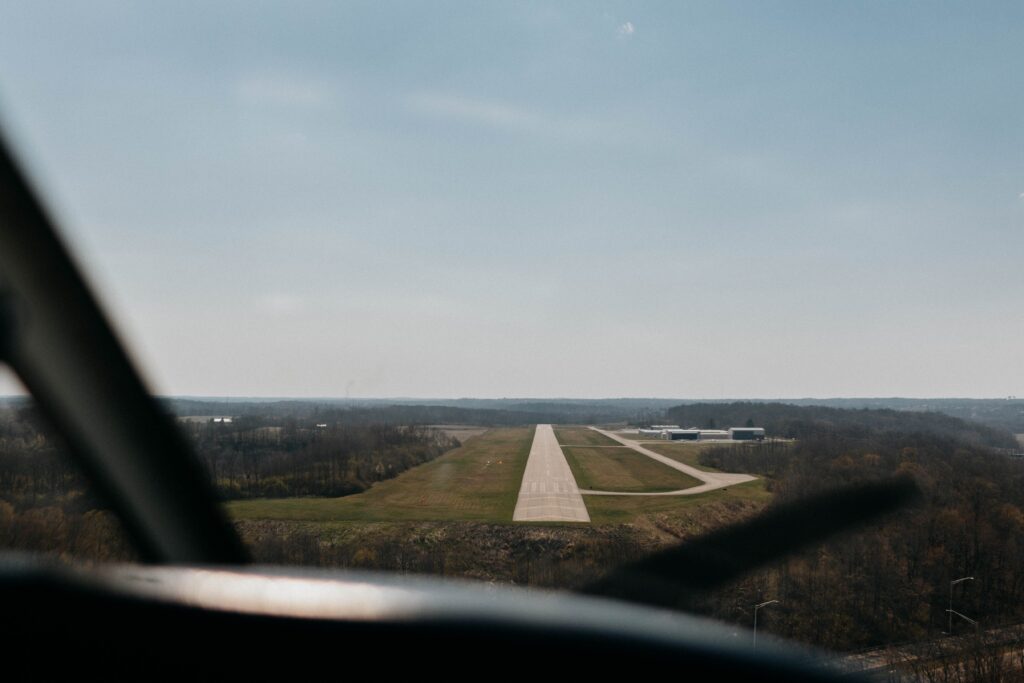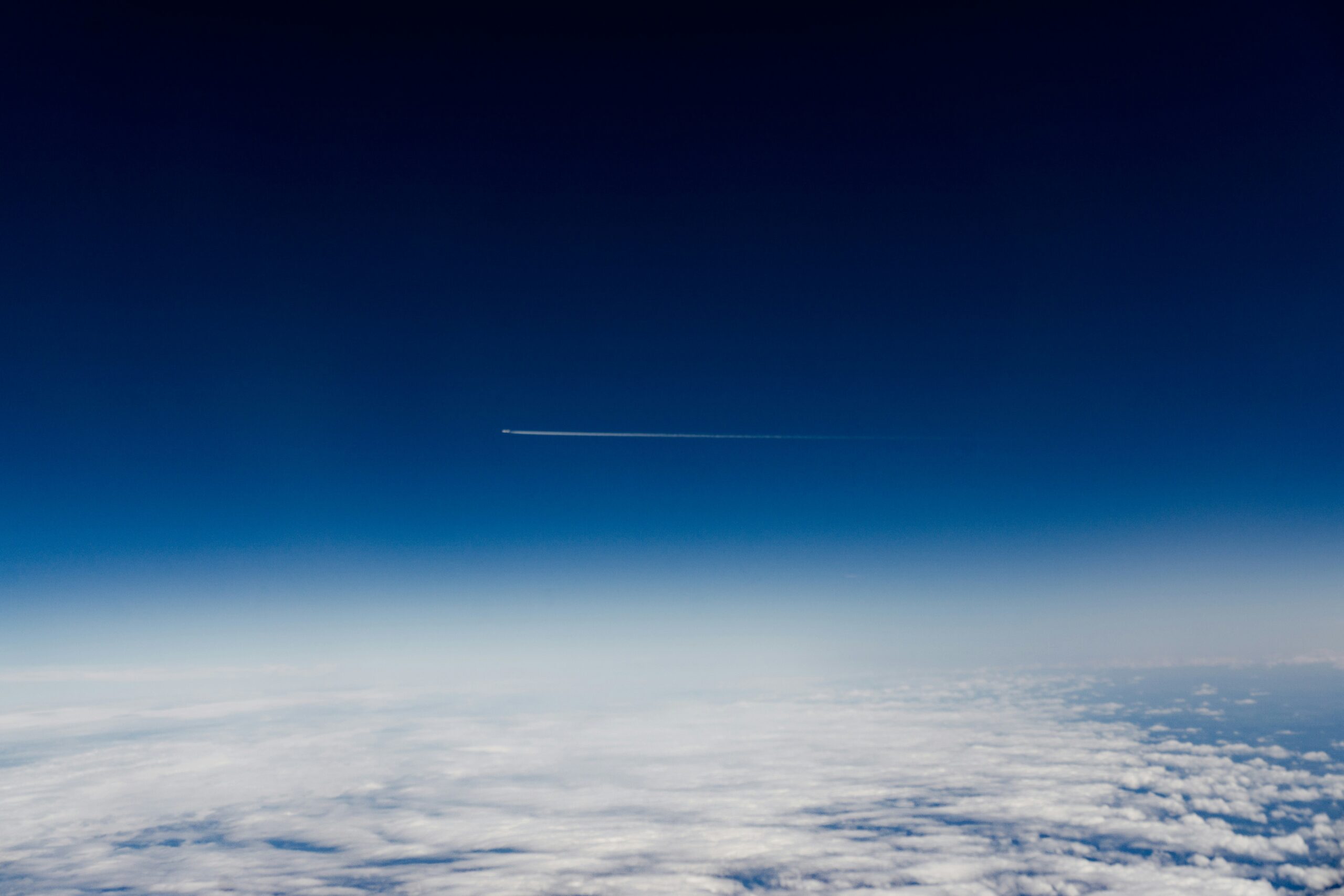
Unraveling the History of Spy Plane. Far from the realms of comic book heroes, the real-world spy plane stands as a pivotal player in the theater of surveillance.
A 2020 revelation unmasked an FBI operation where an aircraft was used to shadow a man in Florida for over 400 hours. This individual was later accused of providing support to a foreign terrorist faction. The extensive duration of this aerial tracking, especially without a judicial warrant, underscores the significance and raises questions about the practices of aerial surveillance.
This case is not isolated. Over the years, instances of such sky-high watchfulness have surged:
- In 2015, it was declared that London’s airports would adopt drone-based surveillance.
- In 2019, during the protests ignited by the tragic death of George Floyd, the U.S. Customs and Border Protection employed an MQ-9 Reaper drone for monitoring purposes.
- In 2021, South Korea’s military strategy included the use of drones for maritime surveillance.
However, this modern reliance on aerial espionage has deep historical roots, dating back over two centuries. Let us delve into the origins and evolution of spy planes.
The Genesis of Aerial Surveillance: Balloons and Avian Spies
The late 18th century witnessed the French Aerostatic Corps employing observation balloons in the French Revolutionary Wars. These balloons carried military officers who would scrutinize enemy lines from their lofty positions, relaying crucial information to ground troops through semaphore signals.
In 1903, Julius Neubronner, a man of many talents, introduced a novel concept. He equipped carrier pigeons with specially designed, lightweight cameras, pioneering aerial photography over Frankfurt.
The Great War: Birth of Mechanical Reconnaissance
World War I was a turning point in the history of warfare, marking the entry of mechanical aircraft into the domain of battle. The first recorded use of aircraft for military reconnaissance traces back to the Italo-Turkish War of 1911, setting the stage for future conflicts.
This era saw a transition from lighter-than-air crafts like balloons and slender monoplanes, exemplified by the Etrich Taube, to more robust, heavier-than-air machines. These advanced crafts were capable of carrying cameras, significantly enhancing surveillance capabilities. Notably, German optical technology during this period was leaps and bounds ahead of its contemporaries.
By 1915, methods of air-to-ground communication had been refined and were routinely employed. By the end of World War I, aerial photography had firmly established itself as a crucial component of modern warfare.
World War II: Photographic Technology Advancements
The Second World War brought about significant improvements in the field of aerial photography. The British and American war efforts greatly benefited from these advancements in surveillance technology. Although German optical technology remained superior, it was not specifically designed for aerial usage and was notably cumbersome, often requiring two operators on board the aircraft.
By the conclusion of World War II, an astounding 36 million images had been captured through aerial surveillance operations.
The Cold War: The Age of the U-2 Spy Plane
The Cold War, characterized by a state of political tension and indirect conflict between the United States and the Soviet Union, saw the emergence of some of the most iconic spy planes in history, including the Lockheed U-2. The infamous 1960 U-2 incident is a prominent example, where a U.S. spy plane was shot down by Soviet forces, leading to a major international incident.
The Contemporary Chapter: Satellites and Drones
In the last 30 years, the focus of aerial surveillance has shifted from manned aircraft to the utilization of satellites and drones, also known as unmanned aerial vehicles (UAVs). These technologies have found applications not just in warfare, but also in domestic surveillance and law enforcement operations.
Domestic Surveillance
In 2012, the Electronic Frontier Foundation, through a Freedom of Information Act request, uncovered the extent of UAV usage within the United States. It was revealed that U.S. Customs and Border Protection was contemplating the deployment of UAVs equipped with non-lethal weapons for border enforcement.
Law Enforcement
In the United States, the legal framework regarding UAV-based surveillance is still evolving. According to the ruling in Florida v. Riley, citizens have limited rights to privacy against aerial surveillance conducted from public airspace. However, with the increasing use of UAVs and drones by law enforcement agencies, several states and federal bodies have introduced regulations requiring warrants for aerial surveillance, barring emergencies.
Read More: 10 ways the NSA may be watching you
Vpn private internet access download
FAQ:
How did aerial surveillance evolve during World War I?
World War I marked the debut of mechanical aircraft in warfare, transitioning from lighter-than-air to heavier-than-air crafts, enabling enhanced surveillance with mounted cameras.
What technological advancements in aerial photography were made during World War II?
World War II saw significant advancements in aerial photography, with the British and American war efforts benefiting from improved equipment, although German optical technology remained superior.
What was the U-2 incident, and why is it significant?
The U-2 incident in 1960 involved a U.S. spy plane shot down by the Soviet Union, marking a major international event during the Cold War and highlighting the risks of high-altitude espionage.
How have modern surveillance methods changed in recent years?
In recent years, surveillance methods have shifted towards the use of satellites and unmanned aerial vehicles (UAVs or drones), expanding into domestic surveillance and law enforcement.
What are the legal implications of UAV-based surveillance in the U.S.?
In the U.S., the legality of UAV-based surveillance is evolving. According to Florida v. Riley, citizens have limited privacy rights against aerial surveillance from public airspace, but regulations are being introduced to require warrants for such surveillance in non-emergency situations.

